Home>Ideas and Tips>How To Design A Pollinator-Friendly Wildflower Meadow
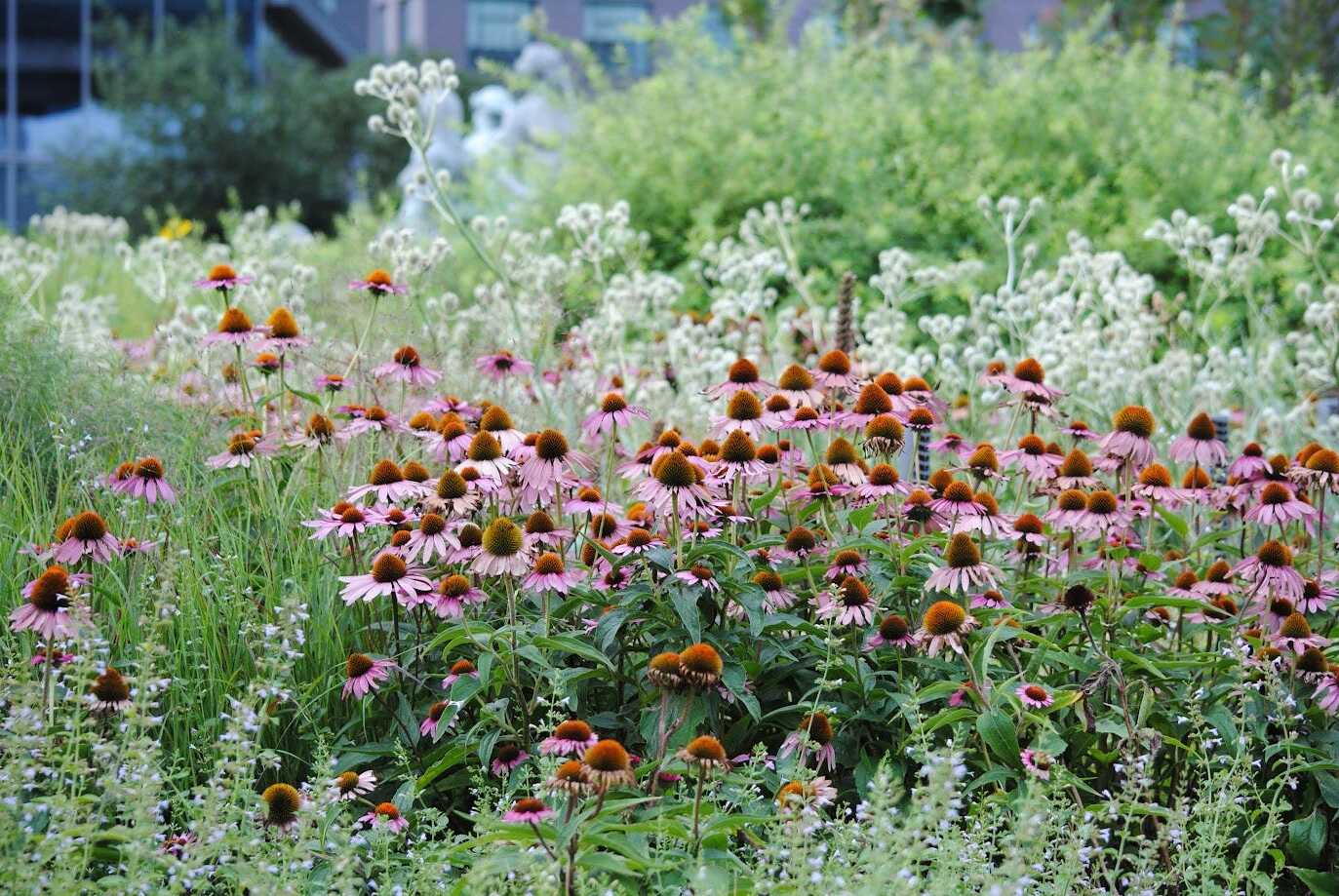

Ideas and Tips
How To Design A Pollinator-Friendly Wildflower Meadow
Published: August 30, 2024
Learn how to design a pollinator-friendly wildflower meadow that supports bees, butterflies, and hummingbirds while enhancing your garden's beauty.
(Many of the links in this article redirect to a specific reviewed product. Your purchase of these products through affiliate links helps to generate commission for Storables.com, at no extra cost. Learn more)
Creating a pollinator-friendly wildflower meadow is a rewarding project that not only enhances the beauty of your garden but also provides a crucial habitat for various pollinators. These meadows are essential for the health of ecosystems, as they support a diverse array of insects, including bees, butterflies, and hummingbirds. In this article, we will guide you through the process of designing and establishing a pollinator-friendly wildflower meadow, focusing on methods that avoid the use of herbicides and harsh chemicals.
Benefits of Pollinator-Friendly Meadows
Pollinator-friendly meadows offer a variety of nectar and pollen sources throughout the growing season. This diversity is crucial because different pollinators have different preferences for nectar and pollen. For example, bees are more attracted to purple, yellow, and white flowers, while butterflies are drawn to red flowers like scarlet bee balm and cardinal flower.
Read more: How To Maintain A Wildflower Meadow
Impact on Pollinators
Pollinator-friendly meadows offer a variety of nectar and pollen sources throughout the growing season. This diversity is crucial because different pollinators have different preferences for nectar and pollen. For example, bees are more attracted to purple, yellow, and white flowers, while butterflies are drawn to red flowers like scarlet bee balm and cardinal flower.
Ecological Importance
Beyond supporting pollinators, these meadows also contribute to broader ecological health. Native wildflowers often have deep roots that improve soil structure and increase water infiltration. This can help mitigate droughts and reduce the risk of soil erosion.
Choosing the Right Location
Selecting the right location for your wildflower meadow is crucial. Pollinators prefer open areas with full or partial sun exposure. While some plants can thrive in shady conditions, many pollinators like butterflies and bees need sunlight to warm up and fly effectively.
Soil Considerations
Soil type is another critical factor. Different wildflowers prefer different soil conditions. Some thrive in rich clay soils, while others do well in dry sandy or rocky soils. It's essential to know your soil type before planting to ensure you choose the right mix of seeds or plants.
Read more: Why Are Wildflower Meadows Important?
Site Preparation
Before planting, it's important to prepare the site properly. This involves eliminating existing vegetation, reducing weed seed in the soil, removing plant debris, and creating a smooth surface for good seed-to-soil contact. Proper site preparation is key to ensuring successful germination and establishment of your wildflower meadow.
Selecting Native Wildflower Seeds
When selecting seeds for your wildflower meadow, it's crucial to choose native species. Native plants require less maintenance and tend to be heartier than non-native species. They also provide more benefits to local pollinators and wildlife because they are adapted to local conditions.
Seed Mixtures
Seed mixtures can include a variety of native wildflowers that bloom at different times throughout the growing season. This ensures that there is always a source of nectar and pollen available for pollinators. For example, a mix might include early-blooming plants like serviceberry trees and wild columbine, mid-season bloomers like black-eyed Susans and coneflowers, and late-season bloomers like asters and goldenrods.
Planting Techniques
Once you have selected your seed mixture or individual plants, it's time to plant. Here are some steps to follow:
Read more: How To Grow A Wildflower Meadow
Scarifying the Soil
To prepare the soil for planting, scarify it by raking it to expose about 50% of the soil surface. This helps to remove existing grasses and weeds, making it easier for your wildflower seeds to germinate.
Sowing Seeds
Sow your seed mixture in the fall or late winter. This allows the seeds to germinate during the cooler months when competition from lawn grasses is minimal. If you're sowing in the fall, cover the seeds with soil and let them overwinter. In late winter, scatter seeds over the snow; the sun will heat up the seeds, helping them anchor into the snow, while melted snow provides moisture for germination.
Planting Plants
If you prefer to start with small plants rather than seeds, make sure to follow frost guidance to avoid putting your plants in too early. Dig holes just big enough for the root system of each plant, then cover and reinforce the roots with soil or compost. Add mulch around and between newly planted plants to reduce weed growth and retain moisture.
Ongoing Management
Creating a pollinator-friendly wildflower meadow is just the beginning. Ongoing management is crucial to ensure the meadow remains healthy and diverse.
Read more: How To Convert Lawn To Wildflower Meadow
Annual Cutting
One of the most important management practices is annual cutting. Cut your meadow annually to prevent shrubs and trees from establishing themselves. Removing clippings also reduces soil fertility, which is key to maintaining a successful native grassland. You can leave the clippings to dry in situ and either use them as hay or add them to the compost heap.
Mulching
Mulching is another effective way to manage your meadow. Mulch around and between newly planted plants to reduce weed growth and retain moisture. This will save you time spent weeding and ensure that your plants receive adequate water.
Additional Tips for Success
Here are some additional tips to ensure your pollinator-friendly wildflower meadow thrives:
Diversity of Plants
Planting a diversity of flowers is essential for attracting a diversity of pollinators. Different species of flowers bloom at different times, providing a consistent supply of nectar and pollen throughout the growing season.
Read more: How Often To Cut Wildflower Meadow
Avoiding Pesticides
When selecting plants, make sure they have not been treated with pesticides, insecticides, or neonicotinoids. These chemicals can be absorbed into plant tissues and transported to nectar and pollen, harming pollinators.
Creating Microclimates
Create microclimates within your landscape that will keep pollinators active even on not-so-perfect days. A garden space rich with flowering plants and good southeastern exposure for morning and mid-day sun, protected from prevailing winds, is ideal for pollinators.
Conclusion
Creating a pollinator-friendly wildflower meadow is a rewarding project that not only enhances your garden's beauty but also provides a crucial habitat for various pollinators. By choosing native wildflower seeds, preparing the site properly, planting at the right time, and maintaining your meadow annually, you can create a thriving ecosystem that supports local biodiversity. Remember to avoid using herbicides and harsh chemicals, opting instead for natural methods that promote ecological health. With these steps and tips in mind, you can establish a vibrant pollinator-friendly wildflower meadow that will attract bees, butterflies, and other pollinators for years to come.
Was this page helpful?
At Storables.com, we guarantee accurate and reliable information. Our content, validated by Expert Board Contributors, is crafted following stringent Editorial Policies. We're committed to providing you with well-researched, expert-backed insights for all your informational needs.
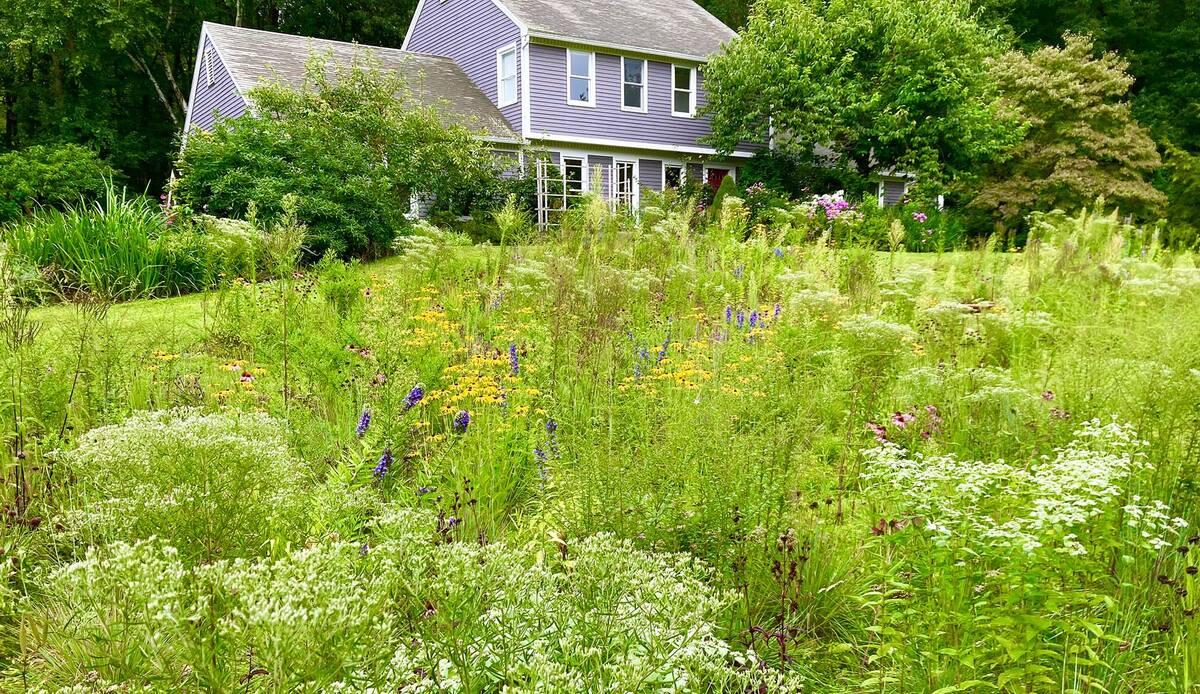
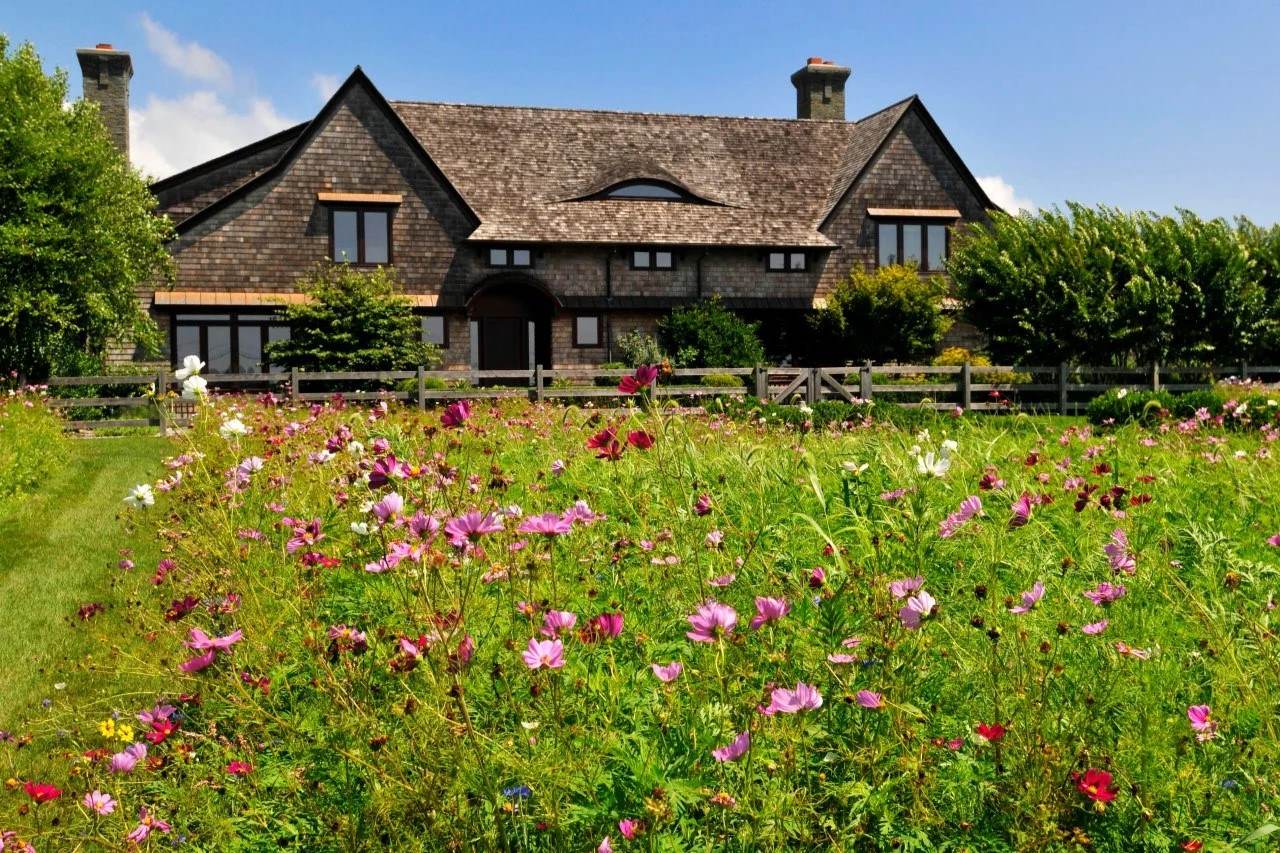
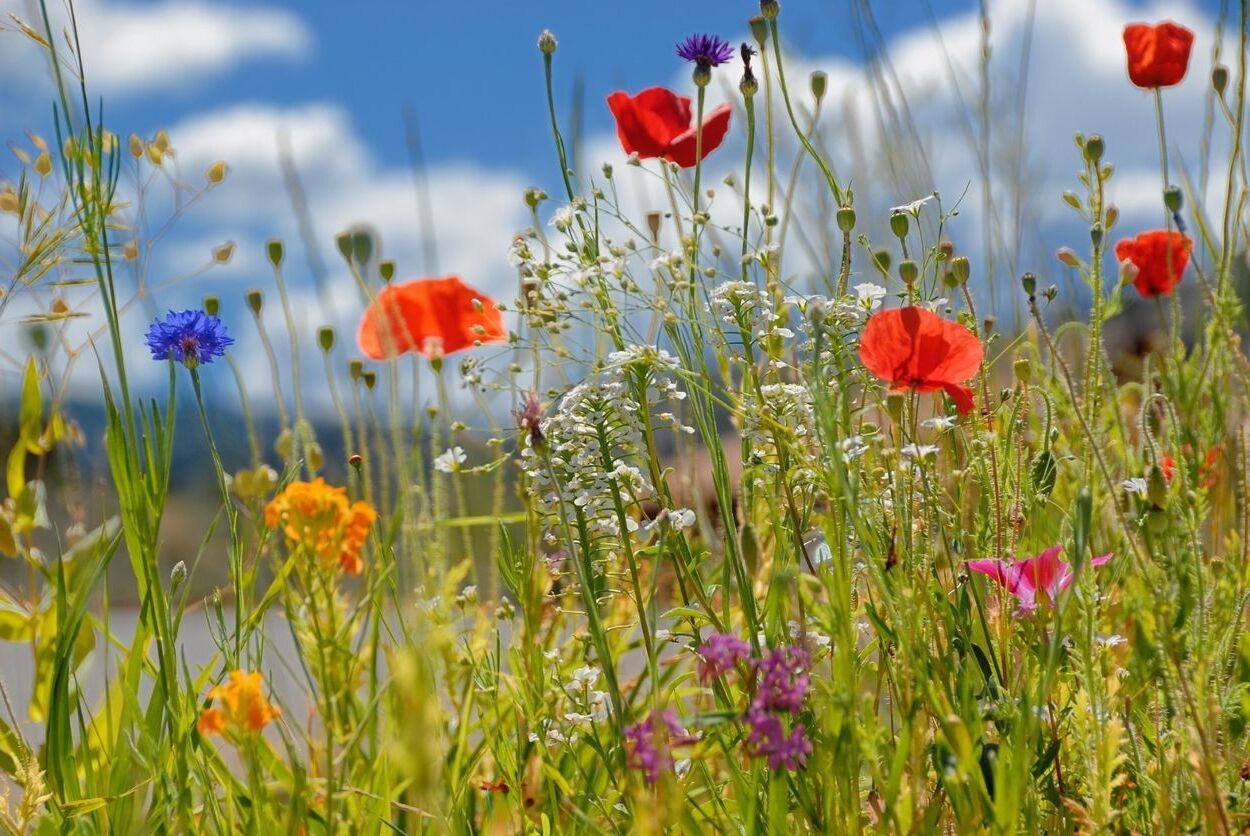
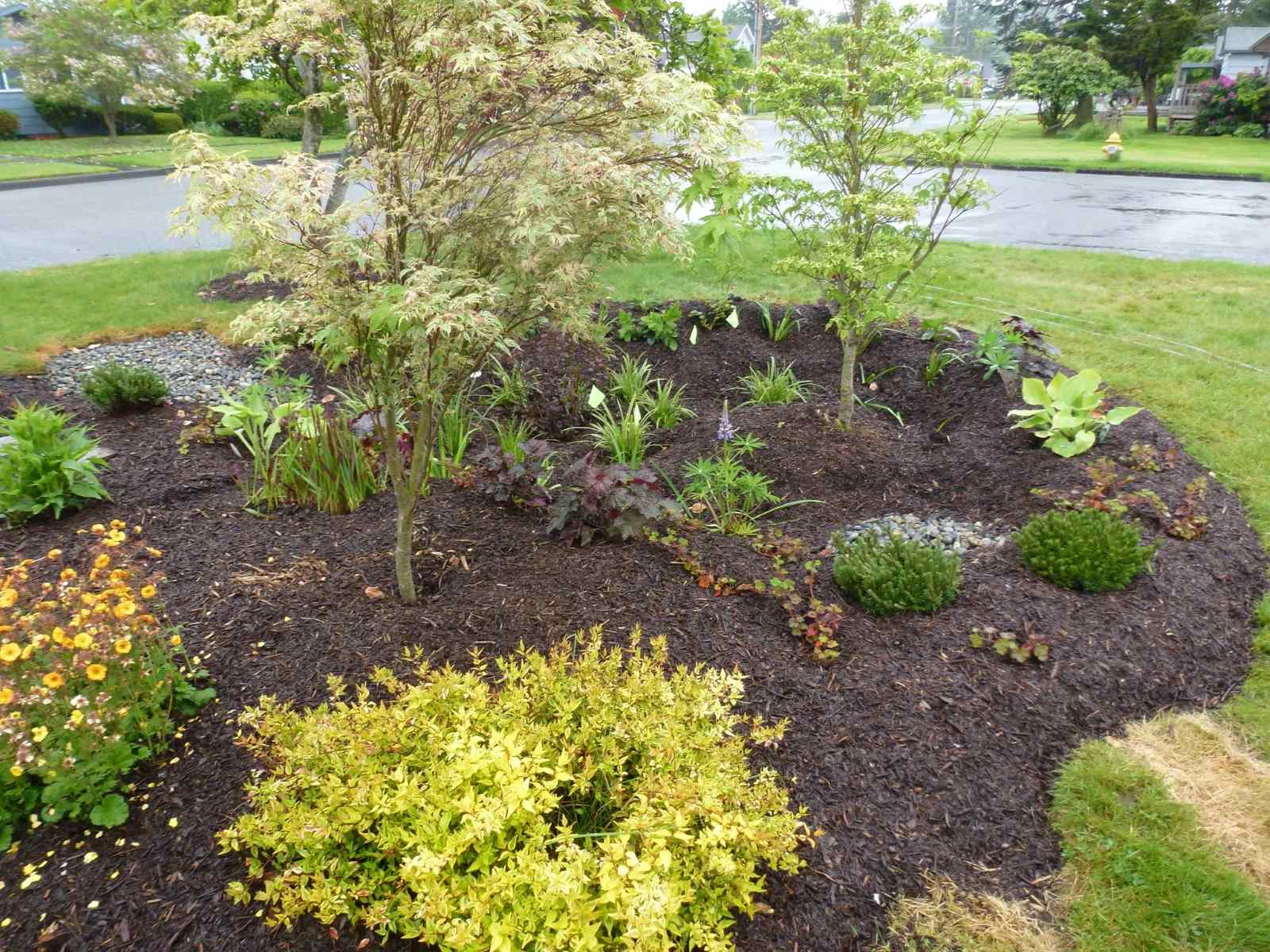
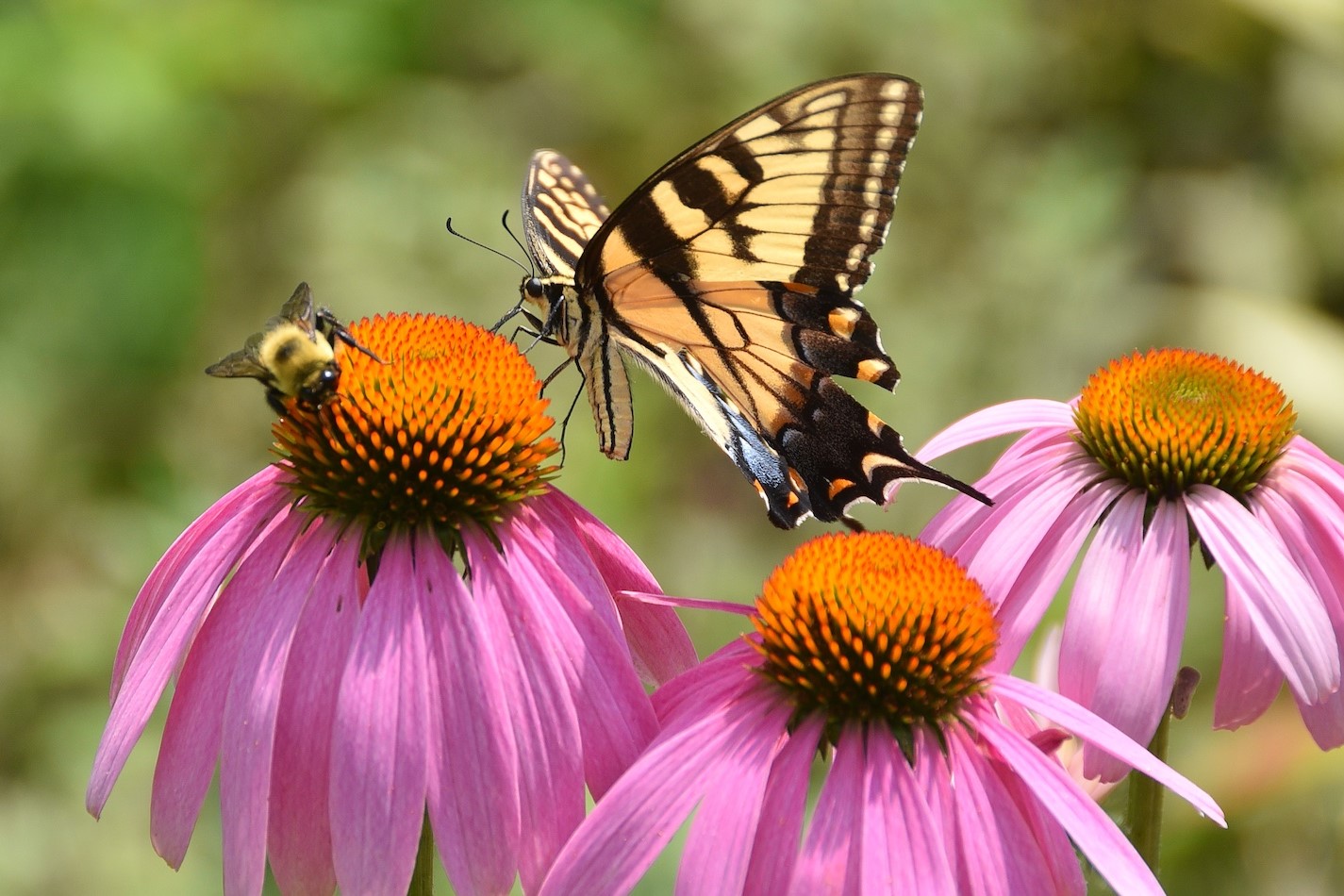
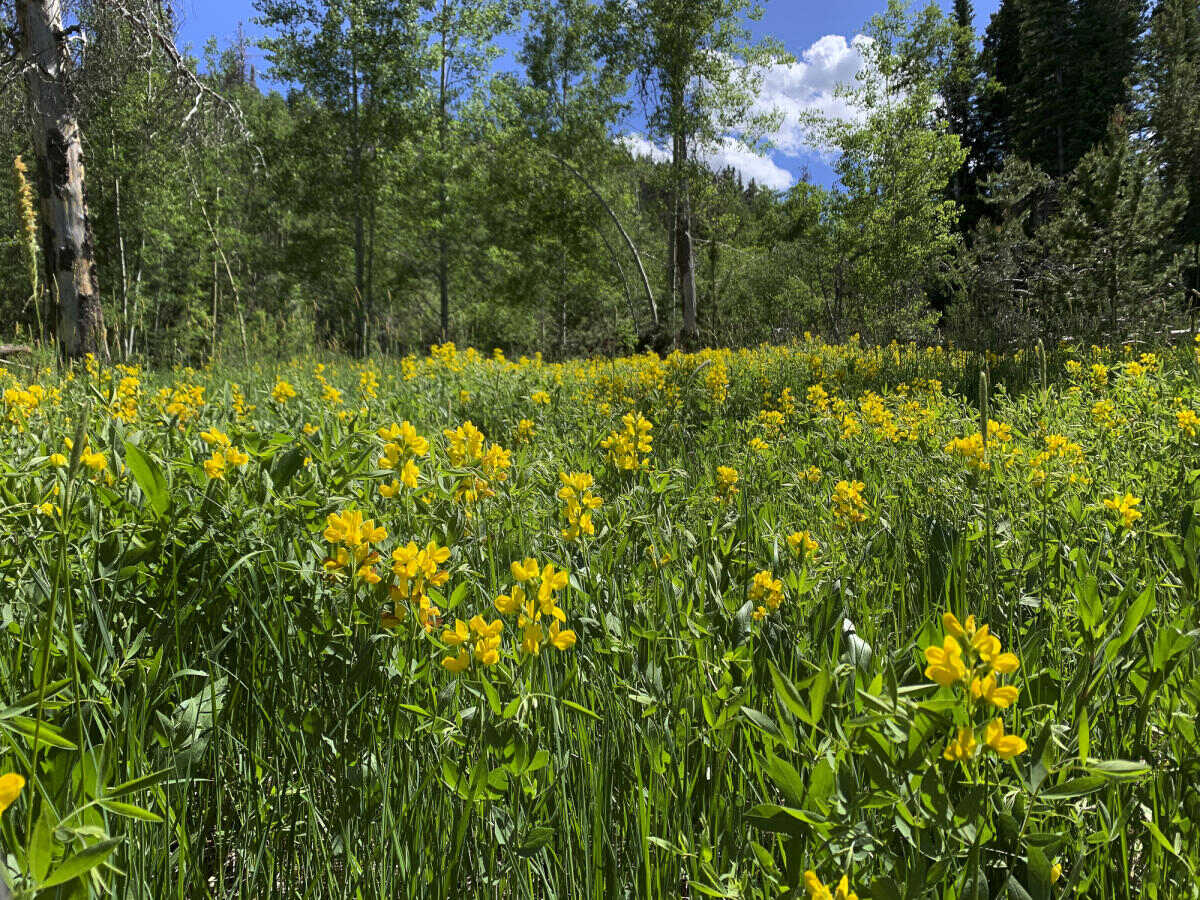
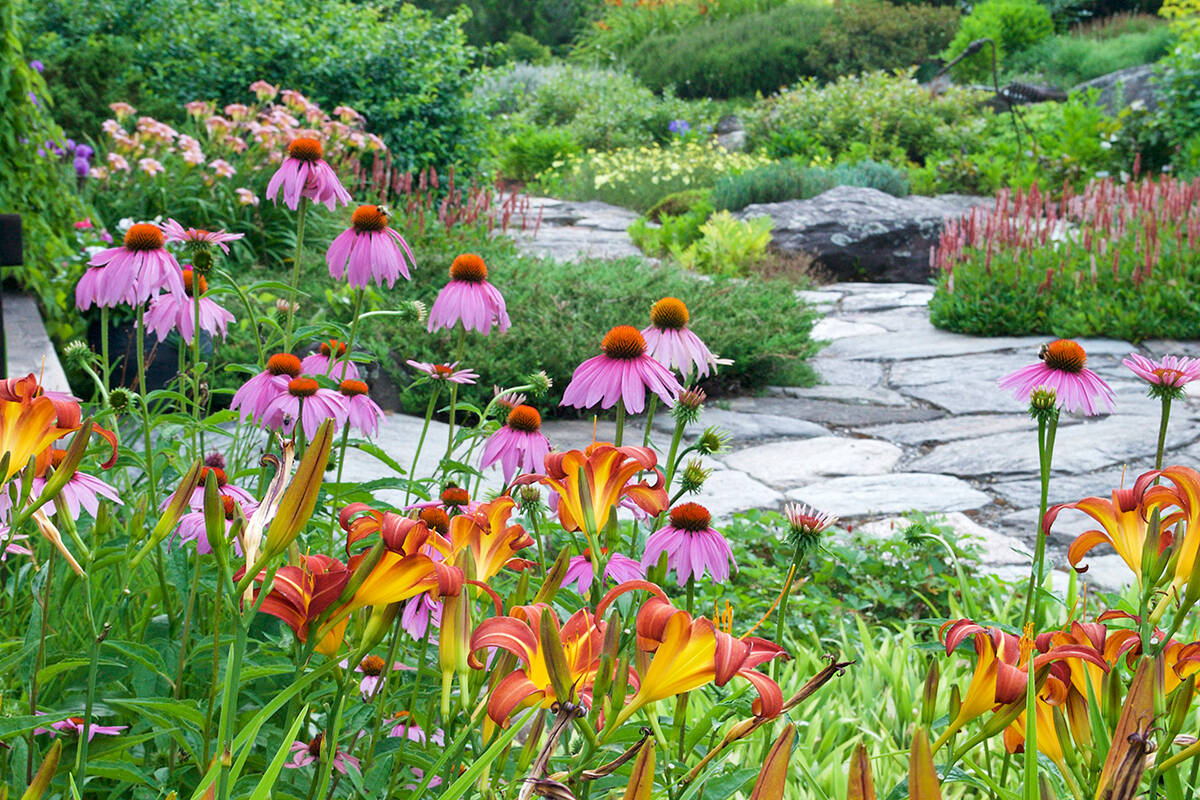
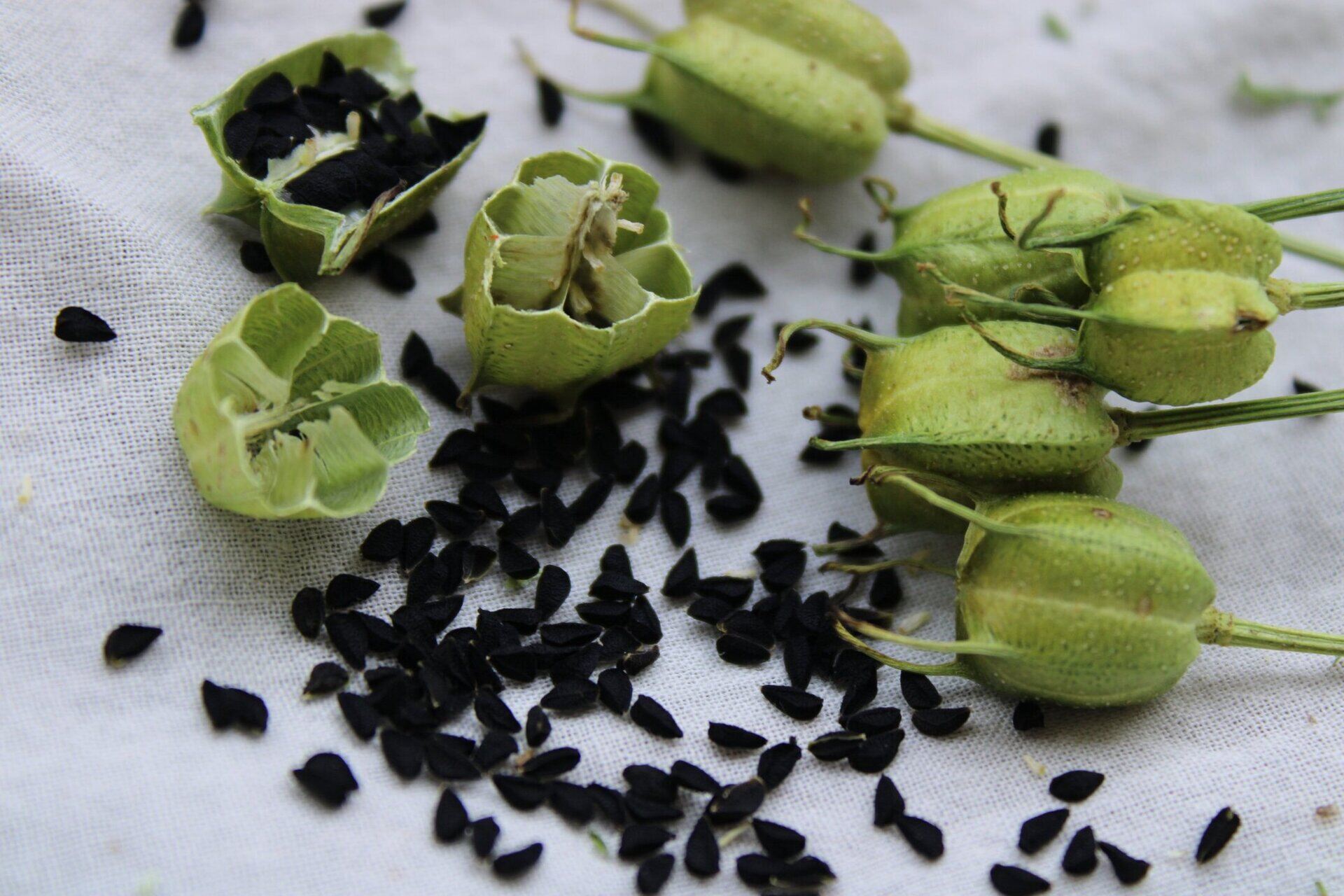
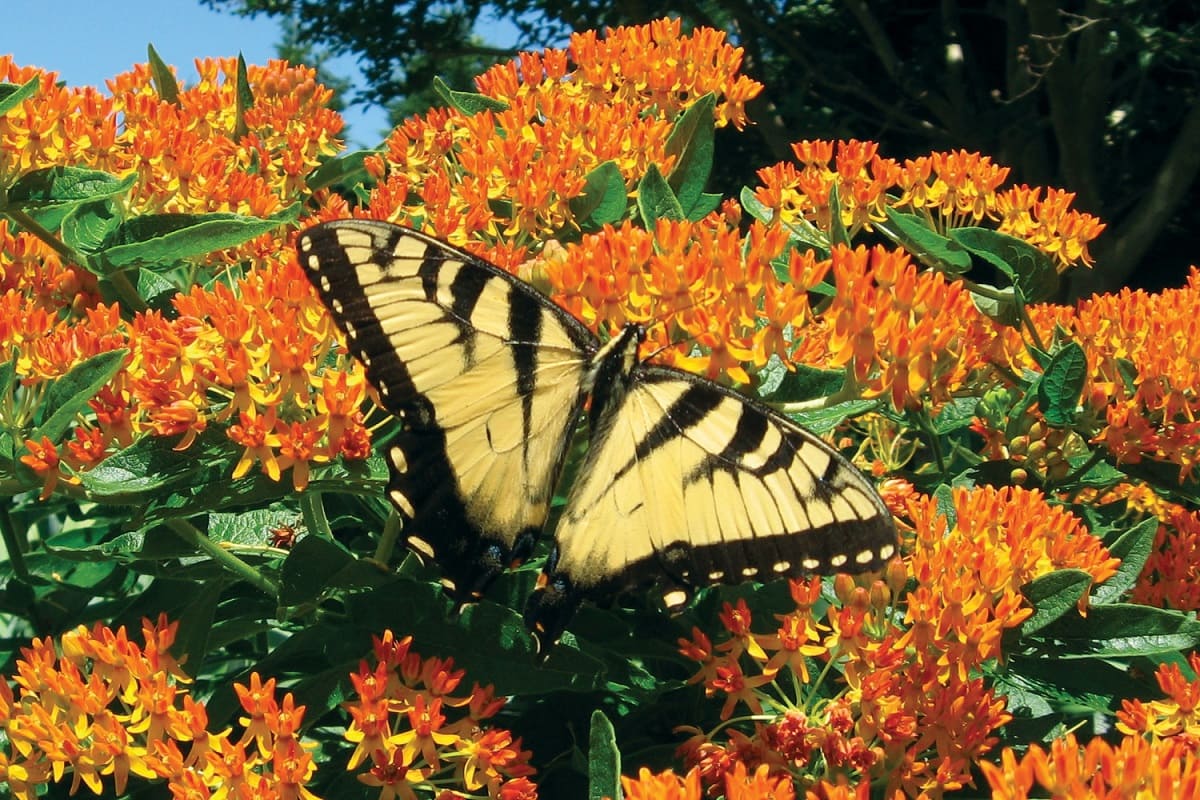
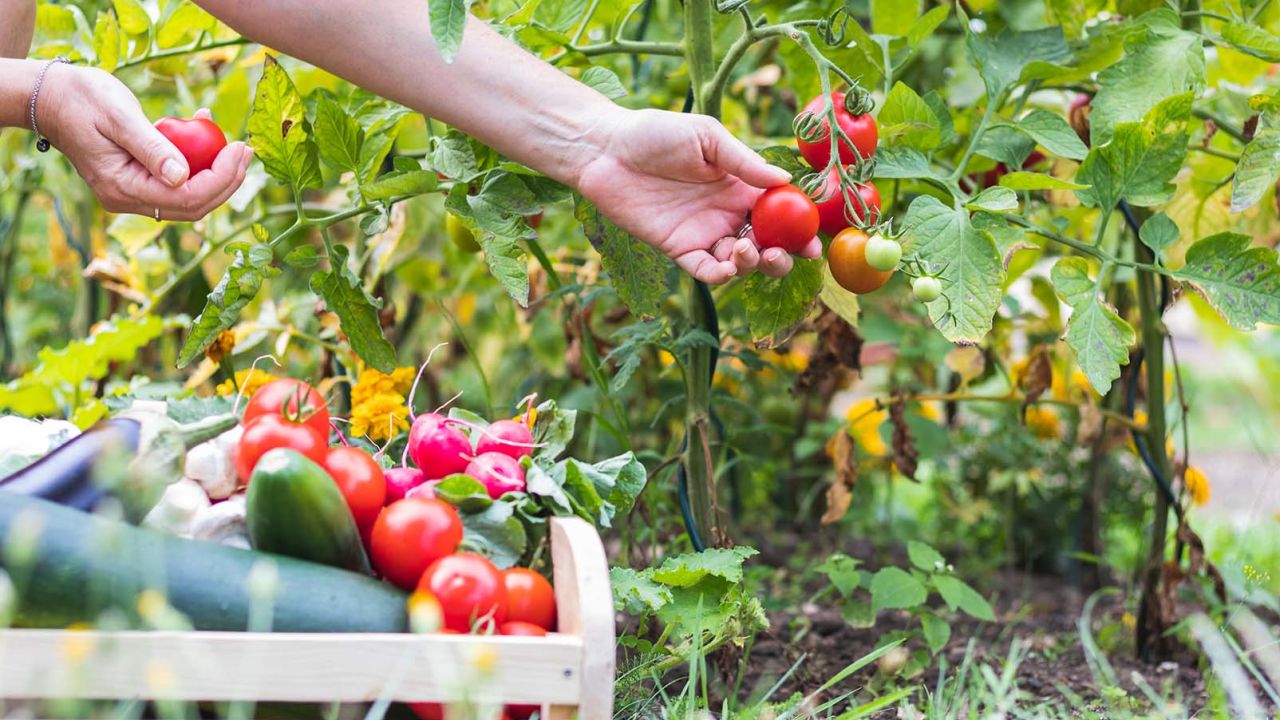
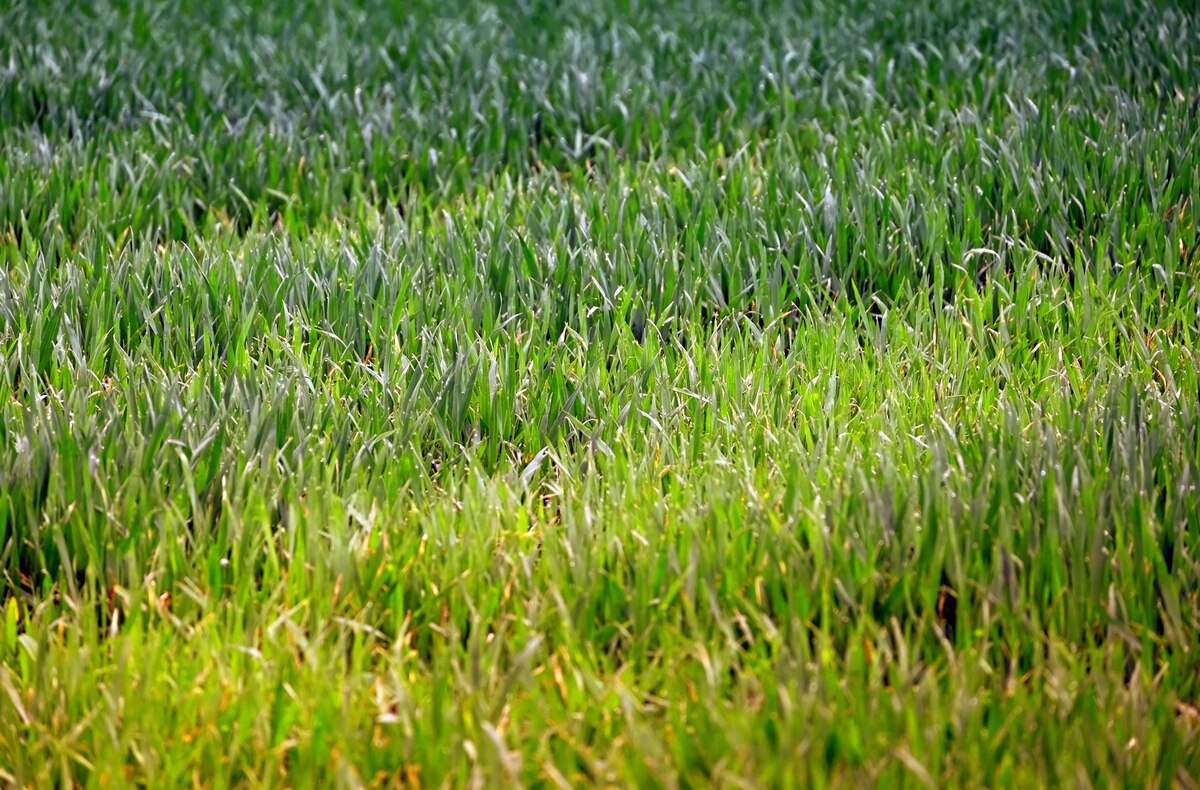

0 thoughts on “How To Design A Pollinator-Friendly Wildflower Meadow”